Japanese and European Feudal Systems: Unique Historical, Geographical, and Cultural Developments

Differences in Geographical and Cultural Backgrounds
The Japanese feudal system developed in the isolated environment of an island nation, leading to the formation of a unique Bushido (the way of the warrior). In contrast, the European feudal system emerged amidst the chaos following the fall of the Roman Empire, shaped by Christianity and interactions among diverse ethnic groups.
Differences in Political Structures
In Japan, the Emperor was considered a symbolic figure, while real power was held by the Shogun, with samurai controlling the land. In Europe, kings stood at the apex of society, with nobles and lords beneath them, and knights and peasants in subordinate positions.
Land and Power Relationships
In the European feudal system, land was the source of social and economic power. Kings and high-ranking nobles owned vast lands, which they divided and granted to lords. These lords governed their lands and, in exchange for protection, gained loyalty from knights and peasants. Knights provided military protection, while peasants cultivated the land and paid taxes and labor. Thus, land was a symbol of power and loyalty, forming the foundation of the feudal society's hierarchical structure.
Loyalty Relationships between Samurai and Knights
In the Japanese feudal system, a samurai pledged loyalty to only one lord, reflecting a culture that emphasized strong personal bonds and individual loyalty. However, in early periods like the Kamakura era, the relationship was somewhat reciprocal, as indicated by the concepts of "On" (gratitude) and "Giri" (duty). In contrast, in the European feudal system, knights could serve multiple lords, allowing for more flexible loyalty relationships. This flexibility was common as knights sought land and rewards through contracts with various lords.
Social Status and Mobility
In Japanese feudal society, the class system was rigid, making movement between classes difficult. In Europe, especially in the later Middle Ages, the rise of commerce led to increased power for urban merchants and craftsmen, resulting in greater social mobility.

にほんブログ村
www.chatesen.info

![]()








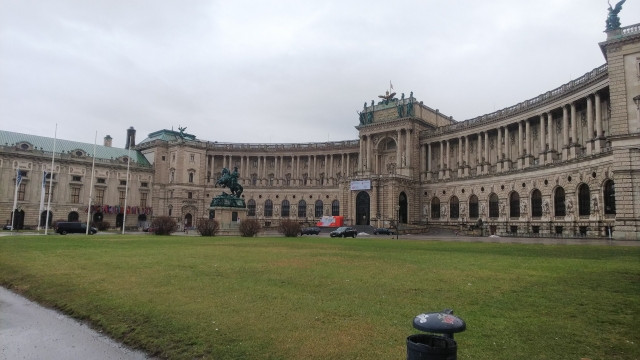






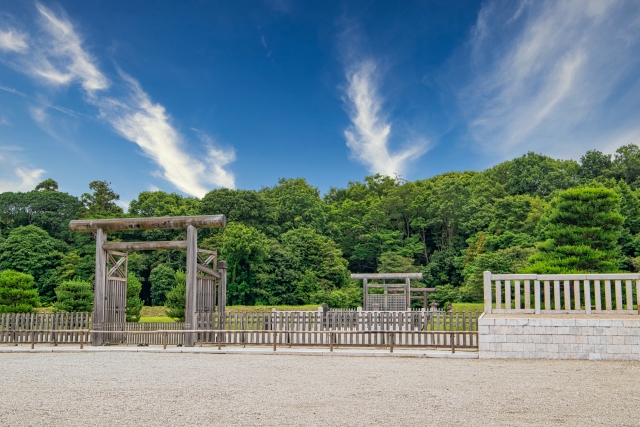
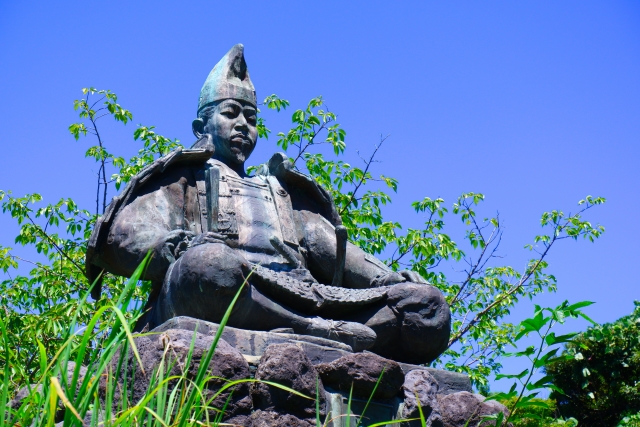

![Shogun [Blu-Ray] [Import] Shogun [Blu-Ray] [Import]](https://m.media-amazon.com/images/I/51A8nNjN1KL._SL500_.jpg)
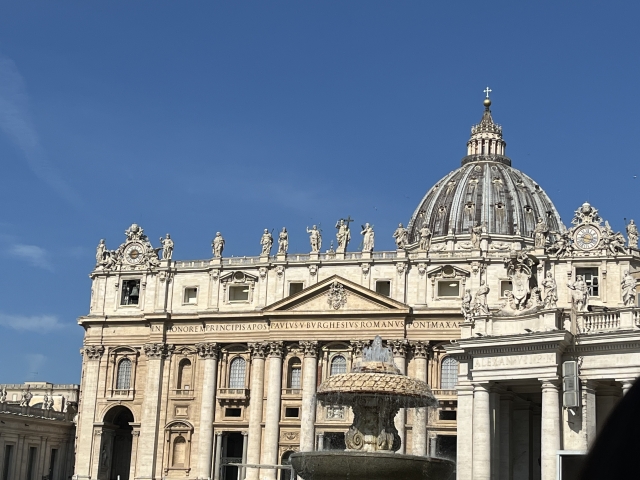









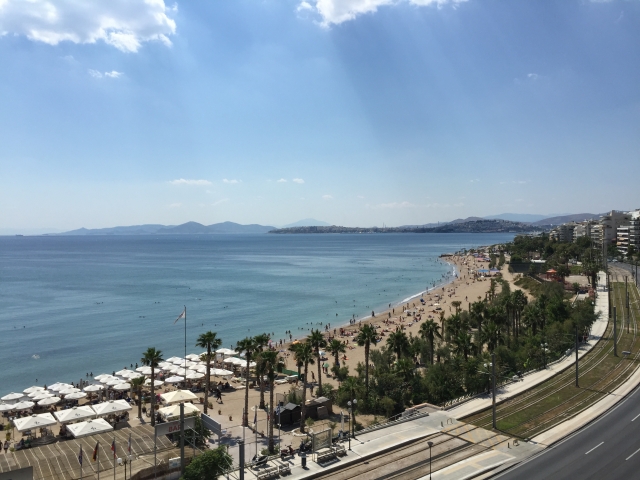
![トロイ ディレクターズ・カット [Blu-ray] トロイ ディレクターズ・カット [Blu-ray]](https://m.media-amazon.com/images/I/51R8ar38osL._SL500_.jpg)






![赤ワイン ドメーヌ・ティミオプロス/マケドニア ヤング・ヴァインズ・クシノマヴロ [2021] 赤ワイン ドメーヌ・ティミオプロス/マケドニア ヤング・ヴァインズ・クシノマヴロ [2021]](https://m.media-amazon.com/images/I/51mQs3KcCpL._SL500_.jpg)